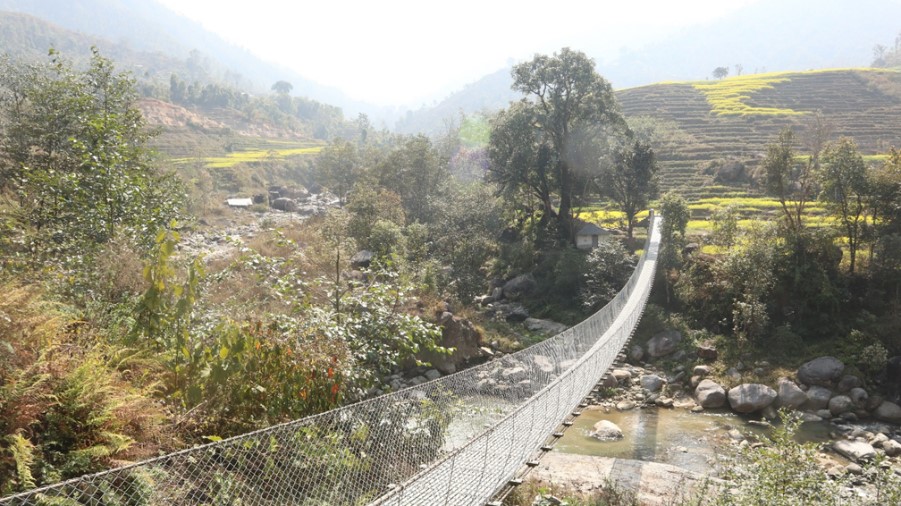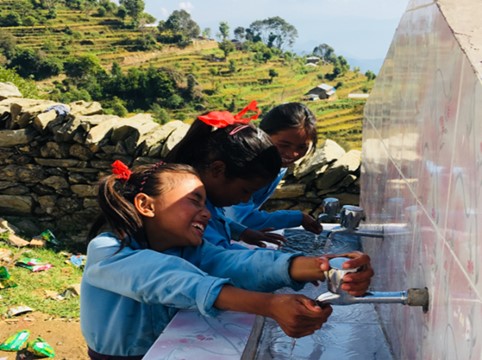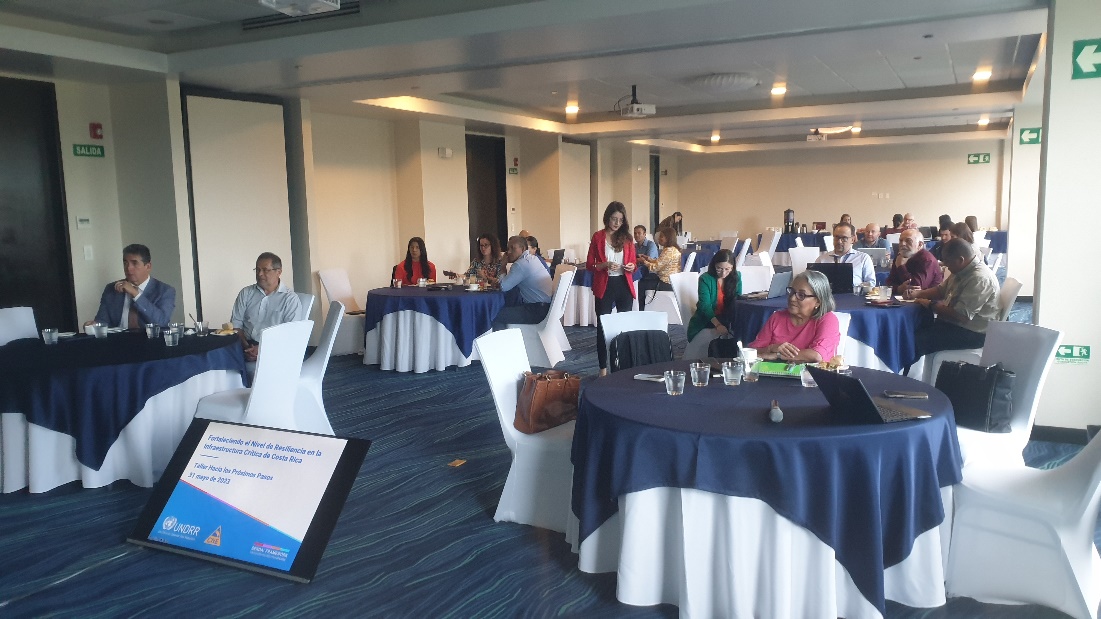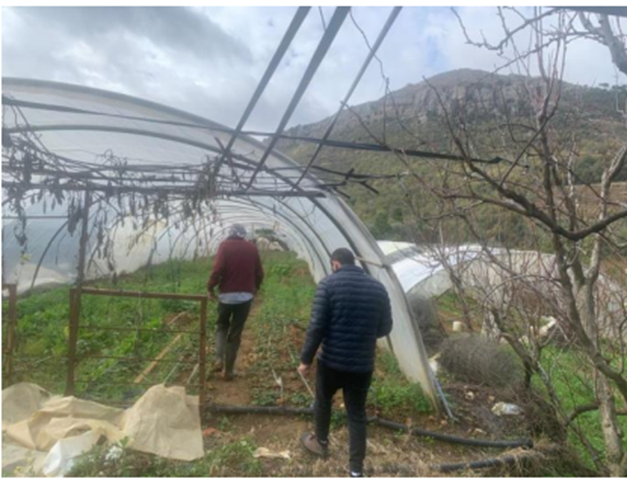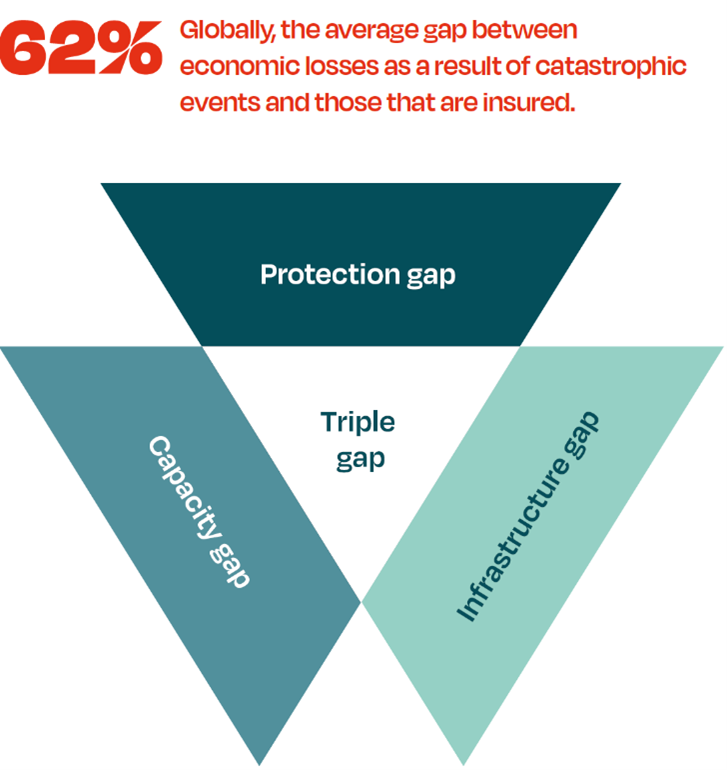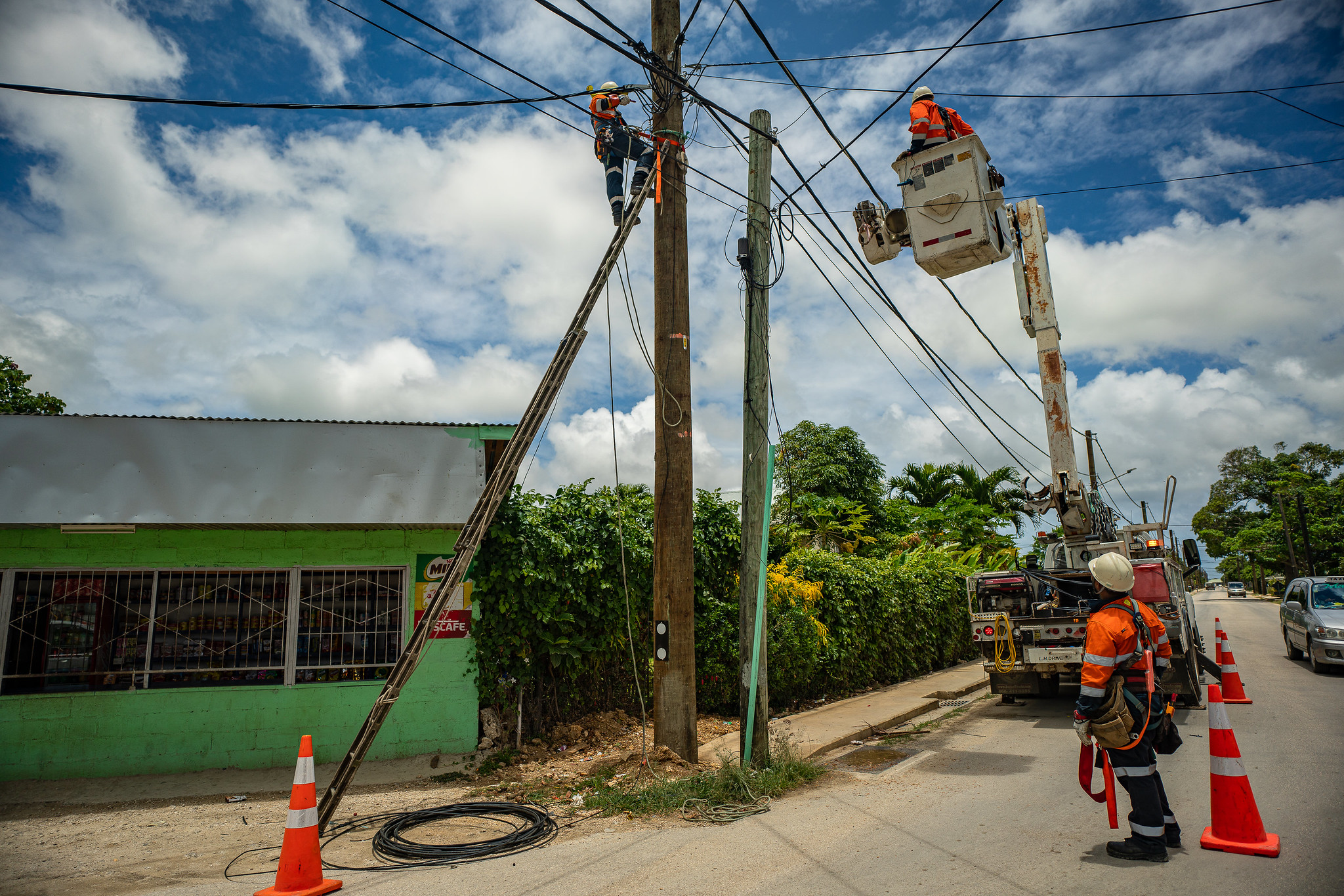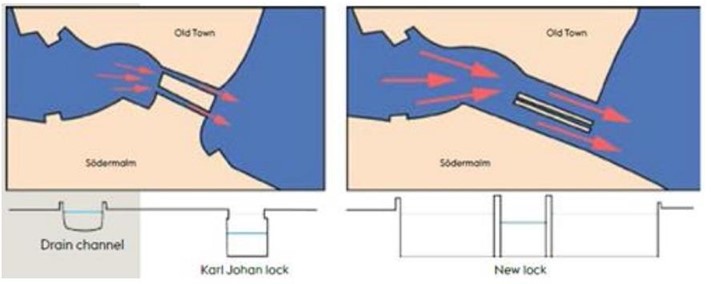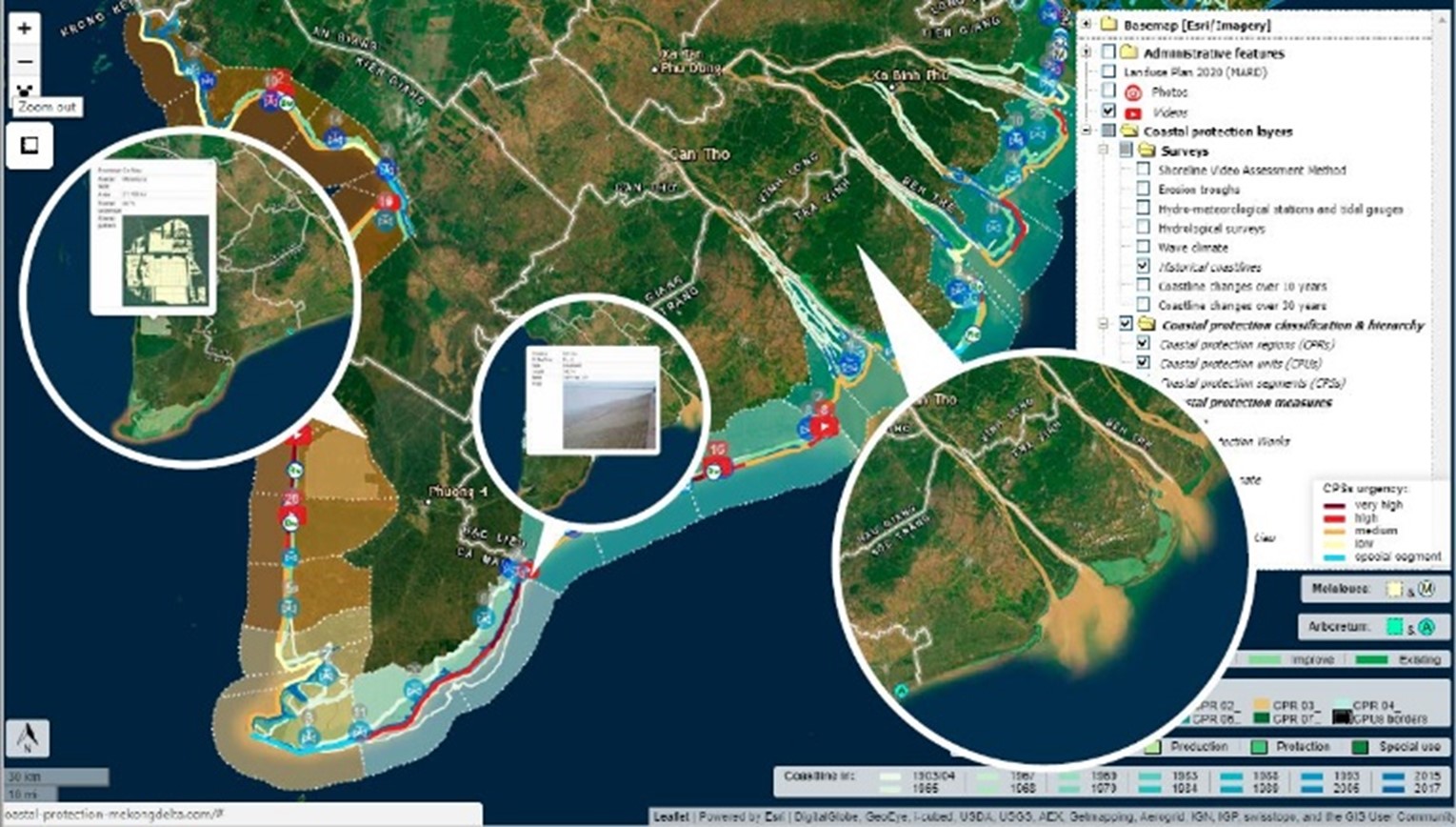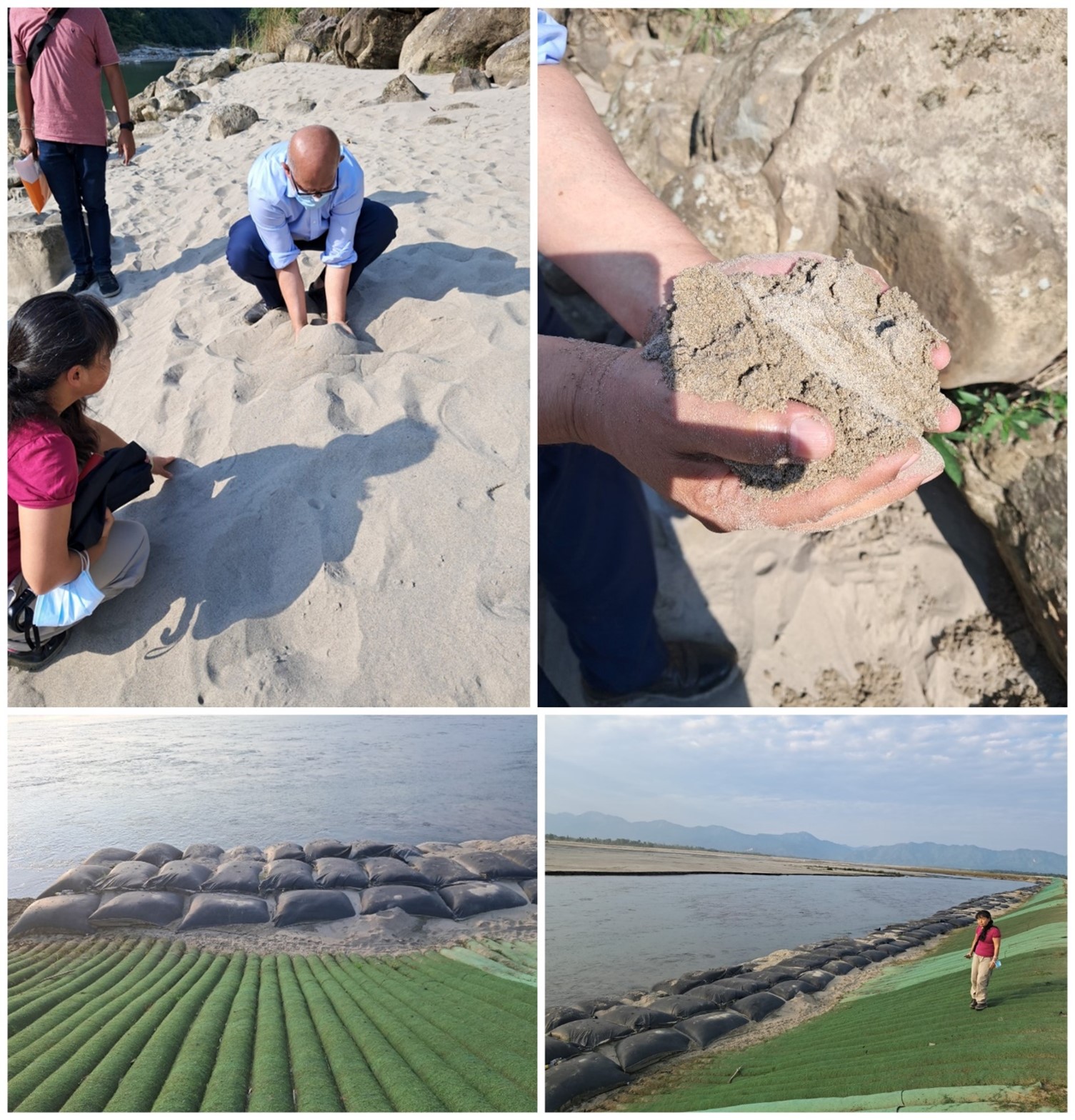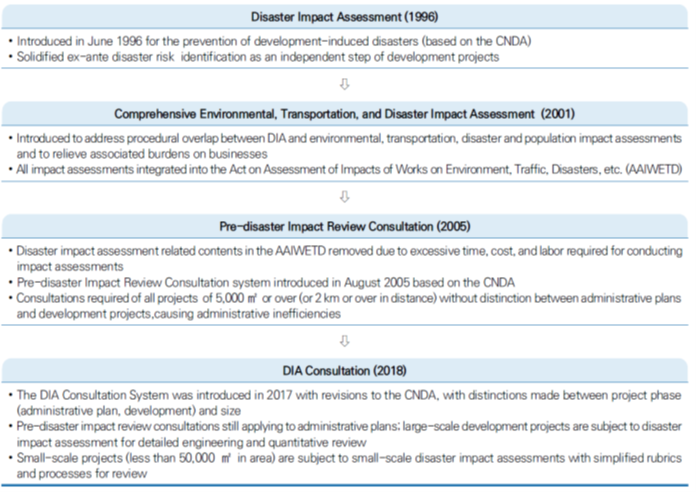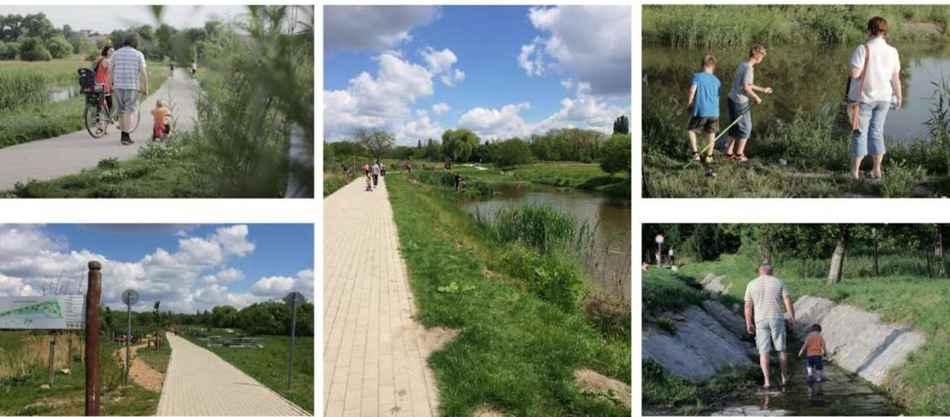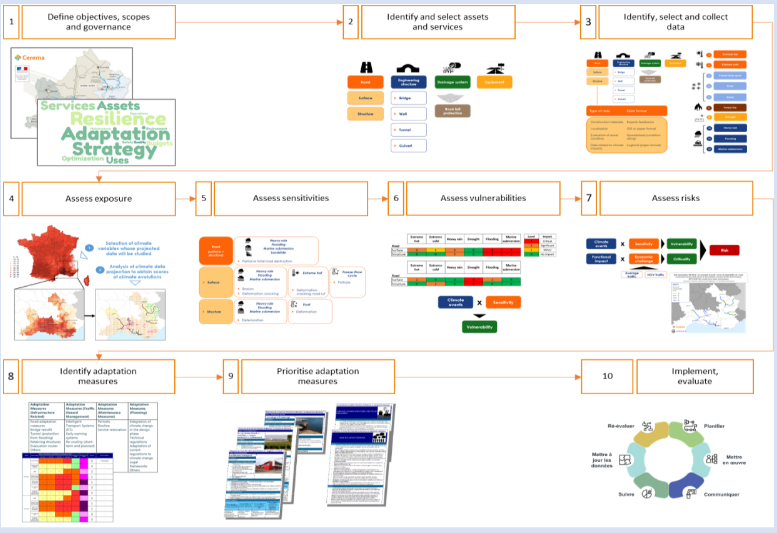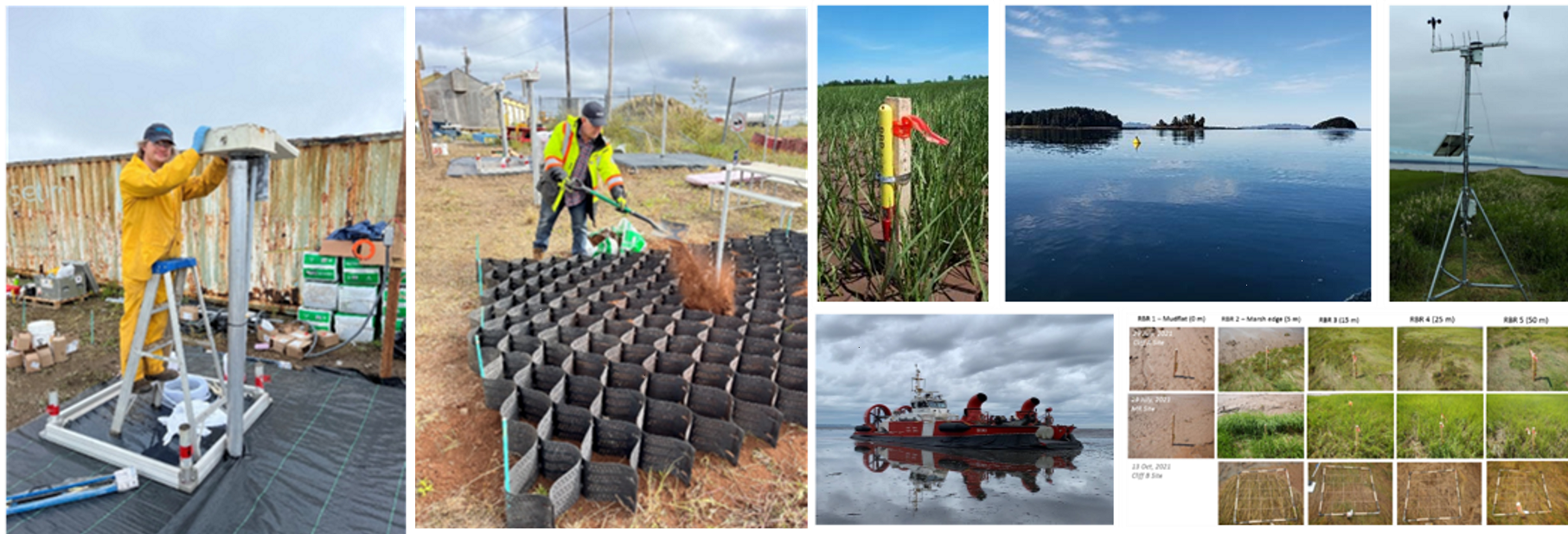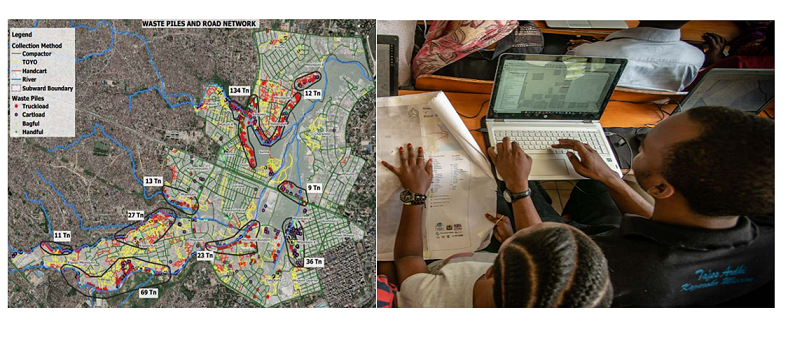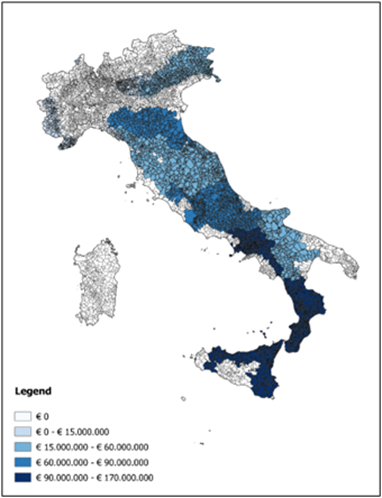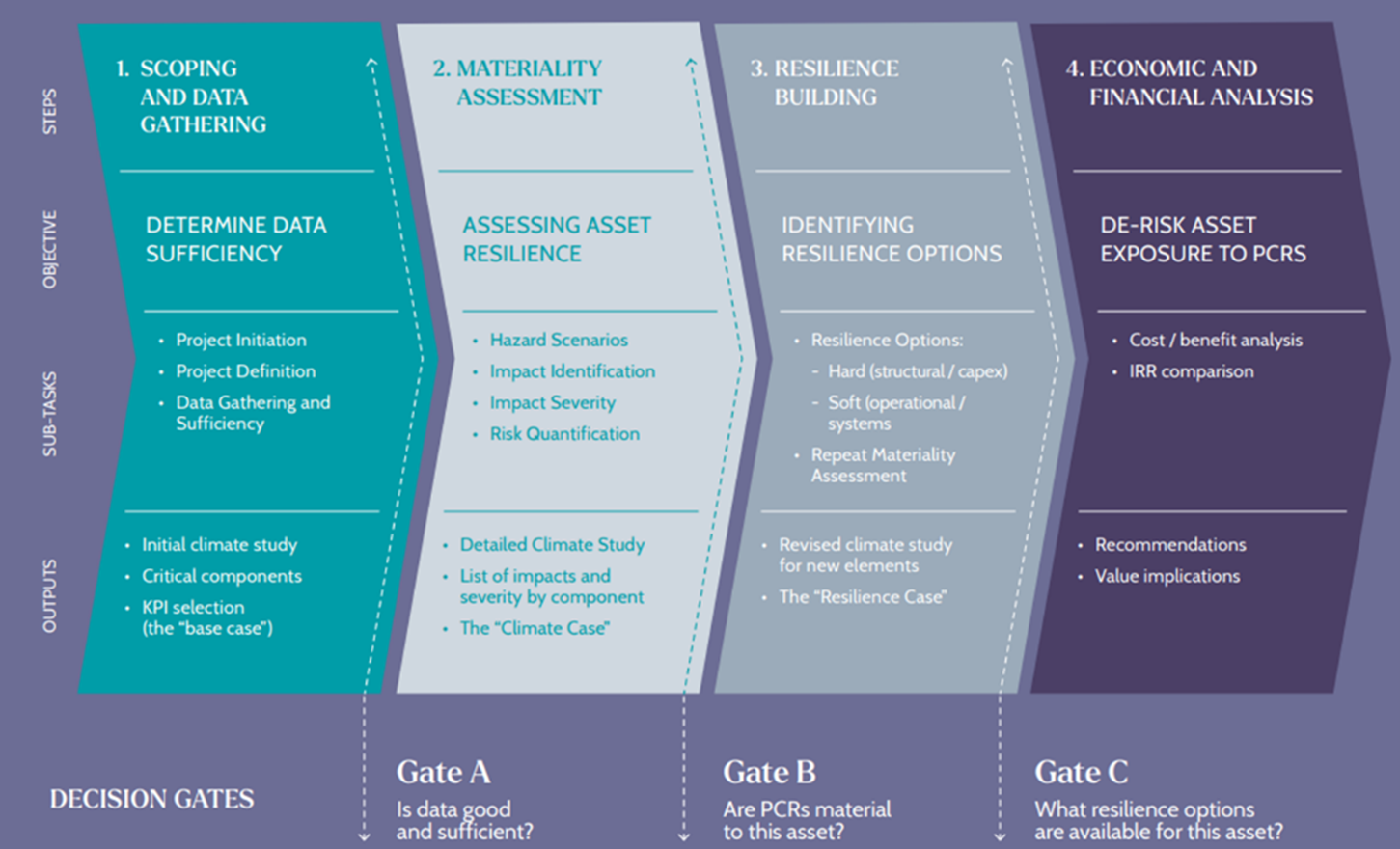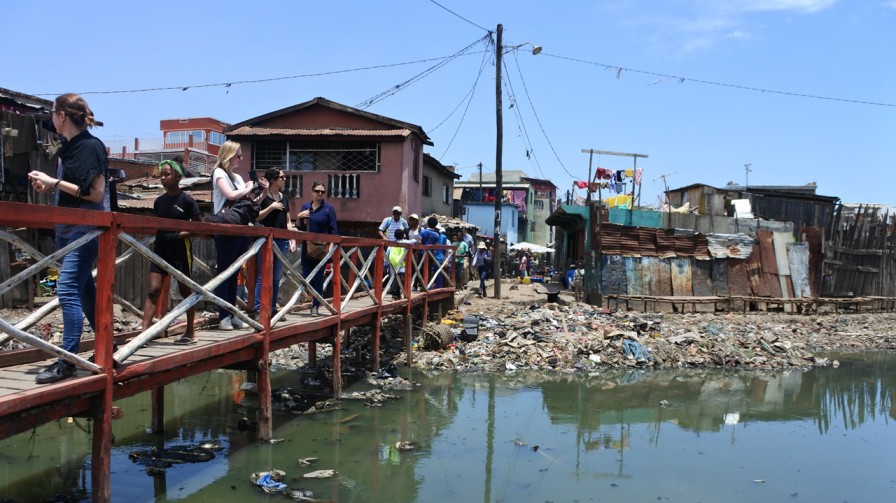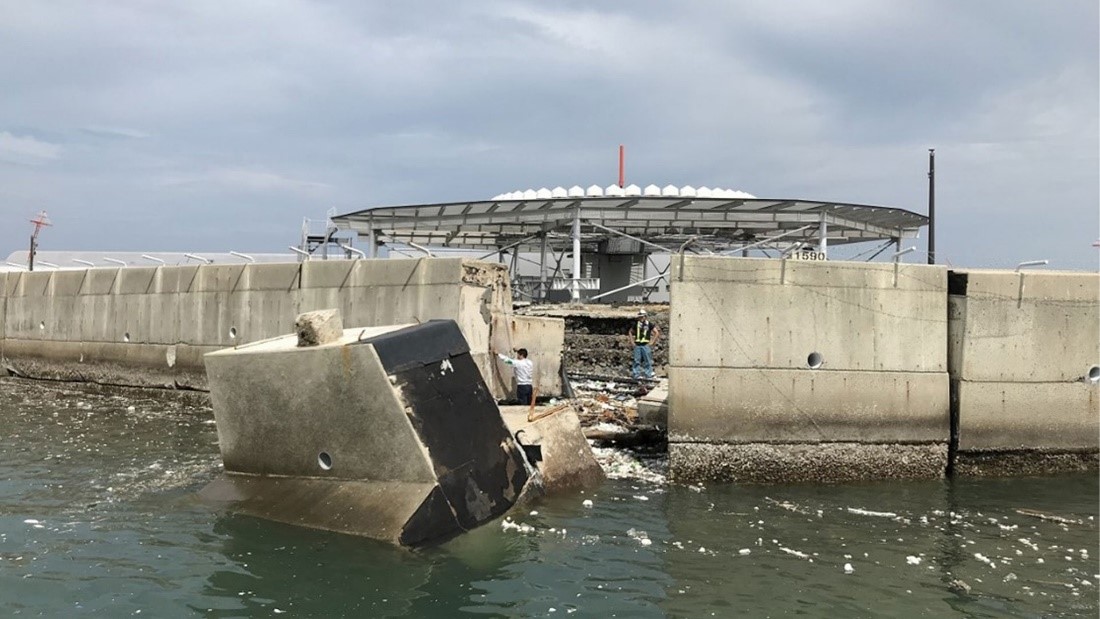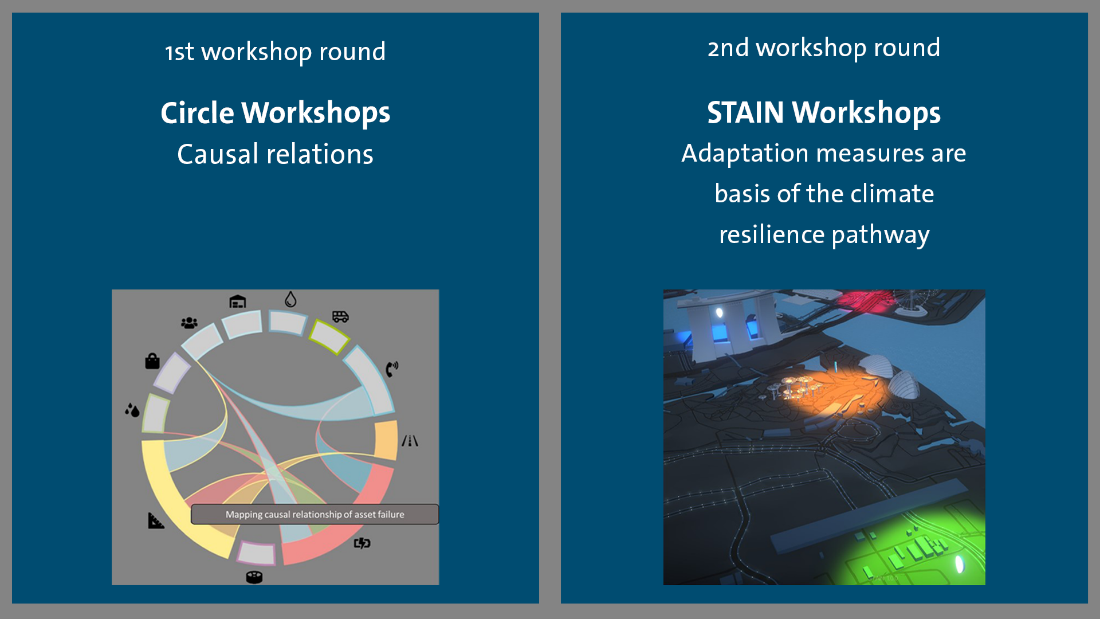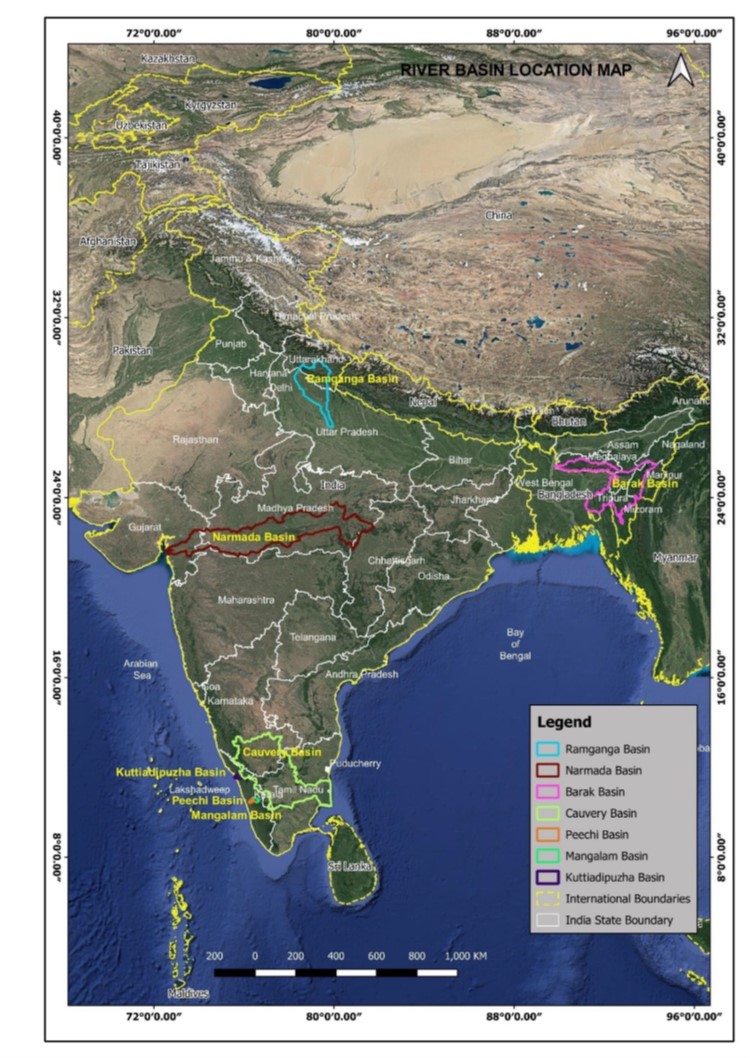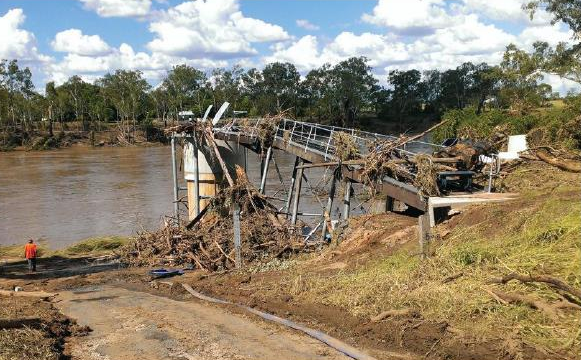 |
 |
 |
Purnima: UK Support to Post-Earthquake Recovery in Nepal
Introduction
Purnima, a five-year programme (2017-2022), supported Nepal’s recovery from the earthquakes which devastated the country in 2015. The programme stimulated and supported long-term positive change in the lives of people in earthquake-affected regions of Nepal through reconstruction of rural infrastructure, institutional strengthening, and economic and social recovery with a focus on the most vulnerable, particularly the extremely poor, elderly, people with disabilities, single women and those displaced by the earthquake.
The programme worked mainly in four of the worst affected districts (Gorkha, Dhading, Nuwakot, and Rasuwa) to strengthen the capacity of local government, reconstruct critical infrastructure, address private sector constraints to infrastructure, and to reach those left behind in the earthquake recovery. Purnima aimed to ‘build back better’. This was not just to reconstruct damaged infrastructure but to strengthen the ability of local government to deliver inclusive services and infrastructure; to rebuild safer, more resilient, and inclusive infrastructure; and to support the most vulnerable via creating resilient livelihood opportunities.
The programme targeted the poorest food-insecure households, the elderly, disabled people, internally displaced persons, marginalised groups, and single women and applied a ‘leave no one behind’ (LNOB) lens to all programme activities, including capacity development of local government, physical reconstruction of infrastructure, and private sector development.
About the Initiative
Delivery of disaster resilient infrastructure was one of the output areas of Purnima, which was underpinned by ‘build back better’ approach. The infrastructure component had four main intervention areas: 1) rural water supply, sanitation and hygiene (WASH), 2) school buildings, 3) trail bridges and 4) foot trails. Purnima rebuilt infrastructure damaged by the earthquake and provided new and better infrastructure, where needed, to make communities more resilient by focusing on improved services.
For the resilience and sustainability of infrastructures, Purnima carefully addressed emerging challenges resulting from climate change (floods, droughts, and landslides) and other multiple hazards (earthquake) as well as the numerous other profound changes affecting rural Nepal (such as federalism, migration, urbanisation, road construction, education) to facilitate sustainable and inclusive growth. It planned post-earthquake recovery to stimulate resilient institutions, infrastructure and systems, and this is closely aligned with the newly approved GRID approach (with green, resilient and inclusive development). The programme worked with ministries and sectors at the federal, provincial, and local levels to ensure the approach is embedded in government systems, as well as with the private sector and civil society.
Purnima worked with Local Governments (22 municipalities) to support inclusive governance and planning, better infrastructure and service delivery and institutional resilience. The infrastructure the programme rebuilt was selected through a participatory and inclusive planning process, working closely with the local government to identify priorities.
Learning & Impact
Selection priority: Priority of the (local) government and inclusion in the (local) planning process; Considerations of vulnerability of communities, ensuring that all members were covered (“Leave No One Behind”).
Plan and design for quality and sustainability: e.g., climate is an important factor, both to ensure that infrastructure is safe and that infrastructure aids adaptation. Seismic design for buildings is crucial and these should comply with the building code, as well as avoid creating sites at risk of landslide damage. Quality is a key factor for resilience and sustainability. All infrastructure was designed to be climate resilient to ensure sustainability. Resilience was built in engineering design, location of sites, construction methodologies and technology transfer to benefit the local communities.
Invest significant time and resources in community mobilisation: Rural infrastructure relies on strong local (palika, ward and community) buy-in and involvement from the planning phase through to long-term operation and maintenance. A major part of the planning and design phases needs to be dedicated to community mobilisation, training, and awareness building to ensure demand for the infrastructure, capacity to build and manage it safely, and awareness of the users’ responsibilities.
Ownership of government: The (local) government / Palikas own the infrastructure and must be committed to its management, including supporting user groups (in places where they have been delegated responsibility for management) as well as agreeing to provide financial support for major repairs, their involvement in the planning process and committed funds for initial construction.
Equity of impact of infrastructure: Focus on social and economic outcomes for the most vulnerable. Focus on management and use of infrastructure for resilient livelihoods, including micro-irrigation of high value crops, targeted at landless / land-poor and water-poor households.
Resilience of infrastructure depends on various factors and are linked to multiple issues:
- Infrastructure quality is critical and must serve the end purpose well;
- Infrastructure is expensive, budgets must be adequate for the entire scheme (possibly spread over more than one year);
- Good planning, selection and management of infrastructure are as important as its construction;
- Sustainability, equity, climate risk must be considered at all stages.
Supporting a systems approach engaged with the policy environment (at all stages i.e., select, design, deliver, monitor and post-completion O&M), addressed challenges related to supply chain, and focused on achieving social outcomes linked to specific infrastructure.
Safe, climate resilient and sustainably managed infrastructure was created through this programme, with some specific achievements listed below:
- 227,977 people have improved access to water, through 450 new water schemes;
- 18,697 households have tap stand access;
- 357 km of foot trails rehabilitated;
- 9 footbridges constructed / rehabilitated
- 5 schools (37 classrooms and associated facilities were rebuilt/ rehabilitated)
- 60,000 person-days of employment created.
